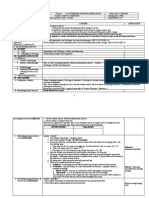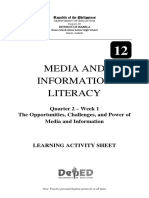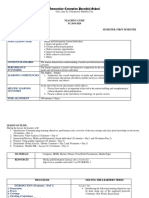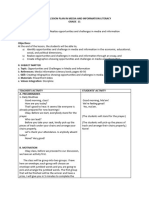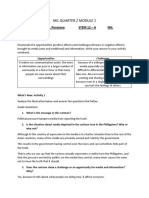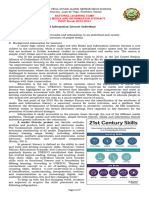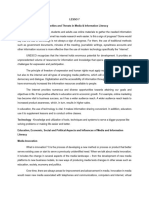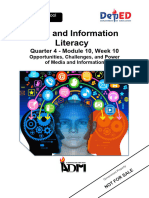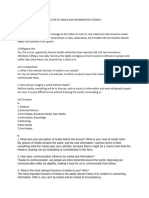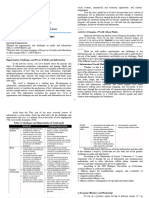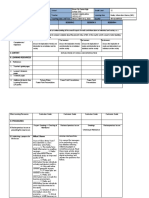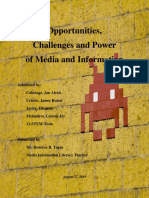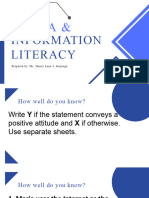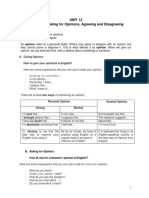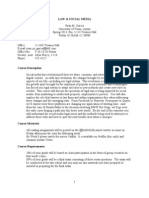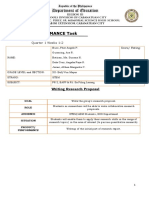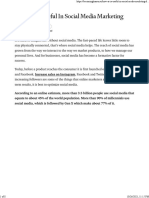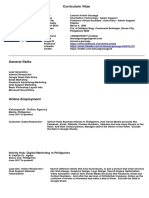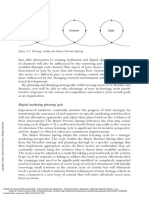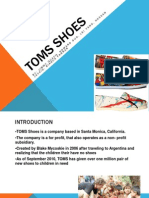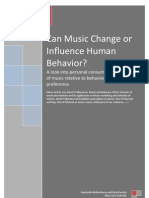0% found this document useful (0 votes)
30 views6 pagesAsynchronous Lesson 2 1
The document discusses a lesson on media and information literacy. It covers opportunities and challenges of media across economic, education, political, and social aspects. It also includes exercises on analyzing social media using SWOT analysis and discussing citizen journalism and how the internet helps tourism.
Uploaded by
jmqqfxqtz7Copyright
© © All Rights Reserved
We take content rights seriously. If you suspect this is your content, claim it here.
Available Formats
Download as DOCX, PDF, TXT or read online on Scribd
0% found this document useful (0 votes)
30 views6 pagesAsynchronous Lesson 2 1
The document discusses a lesson on media and information literacy. It covers opportunities and challenges of media across economic, education, political, and social aspects. It also includes exercises on analyzing social media using SWOT analysis and discussing citizen journalism and how the internet helps tourism.
Uploaded by
jmqqfxqtz7Copyright
© © All Rights Reserved
We take content rights seriously. If you suspect this is your content, claim it here.
Available Formats
Download as DOCX, PDF, TXT or read online on Scribd
/ 6
